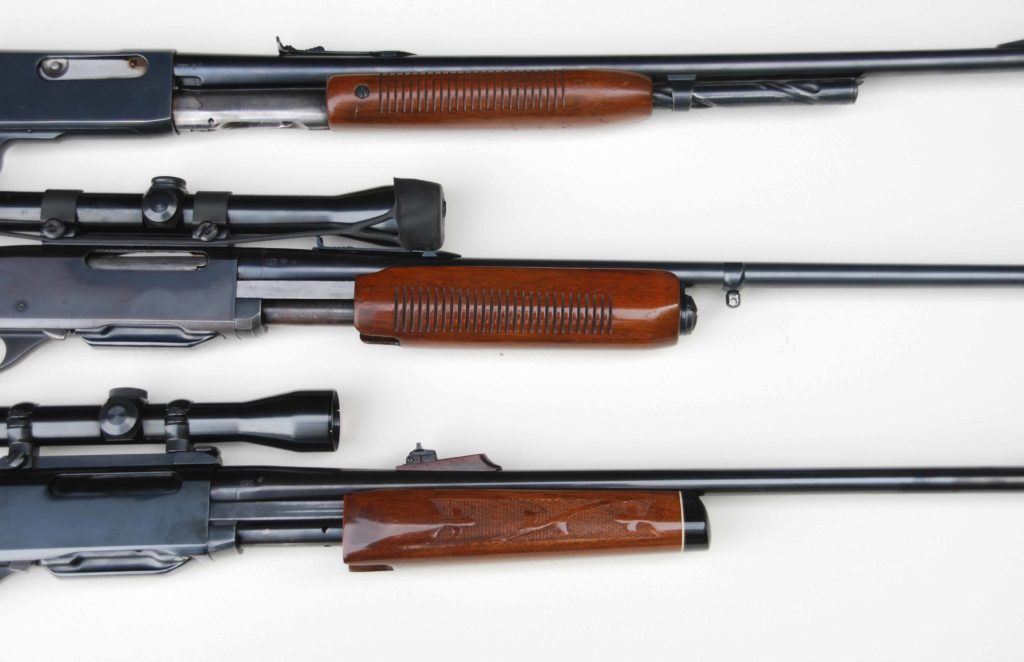
I cannot say what a M94/336 cost in, say 1920, but I am near certain it would be far less than the complex to manufacture Rem pumps and auto rifles. The levers were "much preferred" because (I suspect) they were cheaper than Remington's competing pump AND SEMI AUTO rifles (the models 8 and 81). I don't have a source for this (yet) but the abundance of 30-30 lever rifles likely had much to do with cost. At the end of the day they both do exactly the same thing and the 35 has been slowly fading from popularity since the late 1970's. The 170 gr 30-30 rounds will out penetrate 200 gr 35 rounds and 30-30 is typically more accurate. At least back during the 1960's and 70's many shooters swore it was a better round than 30-30. The last time I looked they didn't anymore. Marlin used to chamber their 336 in 35REM. The round was pretty popular in some of the single shot pistols at one time. But there is a good bit of collector interest in those rifles. The 35 Rem just wasn't really a fit with those action types and never caught on. Remington has offered limited runs of 35 in some bolt guns over the years as well as the 7600 pump rifle.


30-30 was the king of that class of cartridges and the 35 had a hard time bumping 30-30 out in lever actions. Most people wanting that type of rifle much preferred Marlin and Winchester lever actions. The cartridge was designed to be used in the compact pump action 14 and 141 rifles along with several other cartridges in the same power class as 30-30. 473" rim derived from the Mauser x57 case. The rounds biggest "drawback" is that it is made using the original turn of the century Remington case, which uses a smaller (.460") size rim than the now standard. 357 Maximun by a significant amount, but not as powerful as the larger. 35 Rem increased, due to people shooting it out of T/C Contenders. 35 Remington rifle you could get was a 336 Marlin. 35 Remington alive for a few decades was Marlin. 35 was chambered by Remington in it new series of rifles, for a while, but was eventually dropped due to slow sales. And, despite its paper ballistics, it hits deer like the hammer of Thor.Īfter WWII, the. 35 Remington, because Winchester didn't have a round to match it, directly. The Remington rounds had the advantage of being able to use pointed bullets, due to the design of the Remington rifle magazines. The cases were different, but the calibers, bullet weights and velocities were essentially the same. 32 Rem were direct rimless counterparts to Winchester's. Back in those days, and lasting up to WWII, Remington had a line of cartridges for their rifles to directly compete with Winchester.


 0 kommentar(er)
0 kommentar(er)
